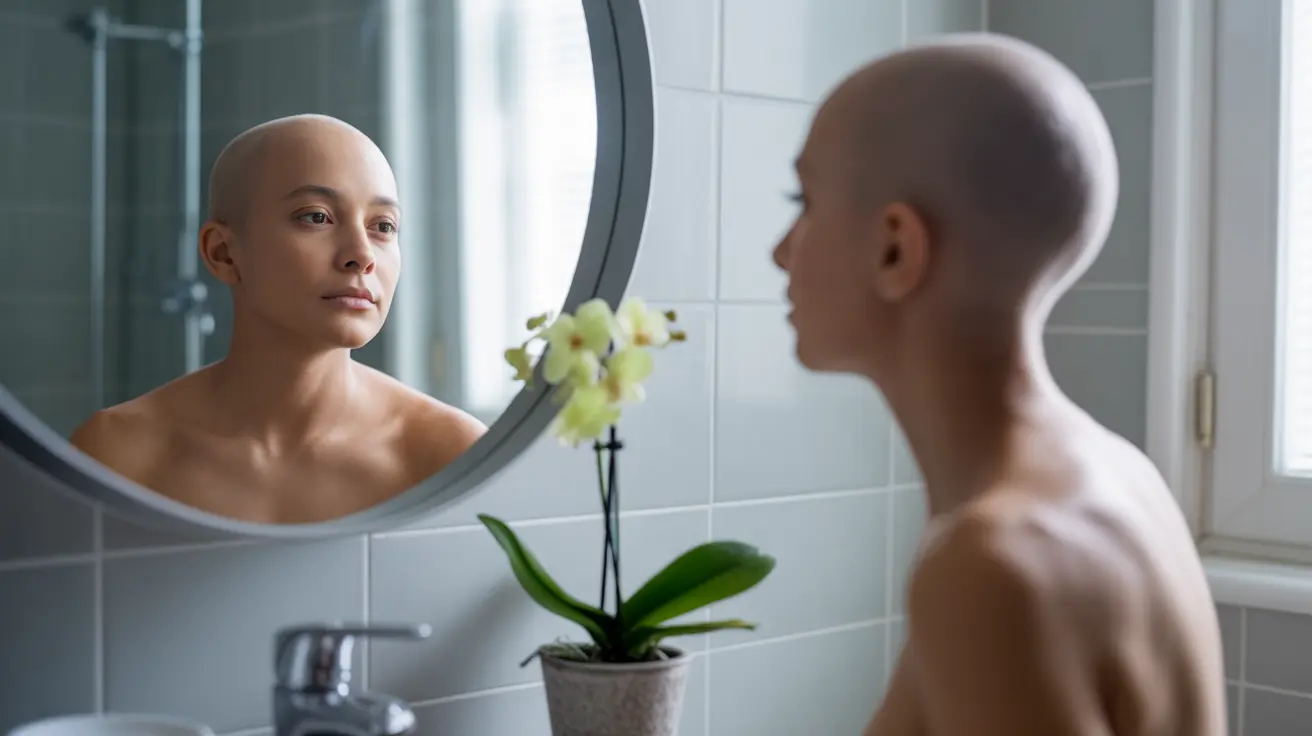Alopecia universalis is a rare and complex autoimmune condition that causes complete hair loss across the entire body, including the scalp, face, and other areas. This comprehensive form of alopecia can significantly impact both physical appearance and emotional well-being, making it crucial to understand its nature and available treatment approaches.
While the condition can be challenging to manage, ongoing research and medical advancements continue to provide hope for those affected. This article explores the essential aspects of alopecia universalis, from its underlying causes to treatment possibilities and coping strategies.
What Sets Alopecia Universalis Apart
Alopecia universalis represents the most extensive form of alopecia areata, distinguished by its complete hair loss pattern. Unlike other types of alopecia that may affect specific areas, this condition results in the loss of all body hair, including eyebrows, eyelashes, and even fine body hair.
The condition occurs when the immune system mistakenly attacks hair follicles, causing them to become dormant. This autoimmune response can happen suddenly, leading to rapid and complete hair loss across the body.
Understanding the Signs and Development
The progression of alopecia universalis typically follows a distinctive pattern:
- Initial patches of hair loss that expand rapidly
- Complete loss of scalp hair
- Gradual loss of all body hair
- Smooth, non-scarred skin in affected areas
- Possible changes in nail texture or appearance
Medical Management and Treatment Approaches
While there is no guaranteed cure for alopecia universalis, several treatment options may help manage the condition:
Immunotherapy Options
Topical and systemic immunotherapies aim to modify the immune response and potentially stimulate hair regrowth. These treatments require careful medical supervision and ongoing monitoring for effectiveness.
Emerging Treatments
New therapeutic approaches, including JAK inhibitors, have shown promising results in clinical trials. These medications work by targeting specific immune system pathways involved in the hair loss process.
Supportive Care
Treatment plans often include comprehensive care approaches such as:
- Protective skincare measures
- UV protection for exposed skin
- Psychological support and counseling
- Support group participation
Living with Alopecia Universalis
Managing alopecia universalis extends beyond medical treatment to encompass lifestyle adaptations and emotional well-being. Many individuals find success with various coping strategies:
- Working with hair prosthetics specialists
- Exploring different head covering options
- Connecting with support communities
- Practicing self-advocacy in social and professional settings
Frequently Asked Questions
What causes alopecia universalis and how is it different from other types of hair loss?
Alopecia universalis is an autoimmune condition where the body's immune system attacks all hair follicles, leading to complete body hair loss. Unlike pattern baldness or temporary hair loss, it affects all body hair and is driven by immune system dysfunction rather than hormonal changes or external factors.
What are the common symptoms and signs of alopecia universalis?
The primary symptom is complete hair loss across the entire body, including the scalp, eyebrows, eyelashes, and body hair. The skin remains smooth and unscarred, and some people may experience changes in their nail texture or appearance.
What treatment options are available for alopecia universalis and how effective are they?
Treatment options include immunosuppressive medications, topical treatments, and newer therapies like JAK inhibitors. While effectiveness varies among individuals, some patients experience partial or complete hair regrowth with consistent treatment under medical supervision.
Can hair regrow after alopecia universalis and how long does treatment usually take?
Hair regrowth is possible but unpredictable. When successful, treatment response times vary significantly, ranging from several months to years. Some patients may experience spontaneous regrowth, while others may require ongoing treatment to maintain results.
How does alopecia universalis affect mental health and what support is recommended?
The condition can significantly impact emotional well-being, potentially leading to anxiety, depression, and reduced self-esteem. Recommended support includes professional counseling, support groups, and working with mental health specialists who understand the unique challenges of hair loss conditions.




